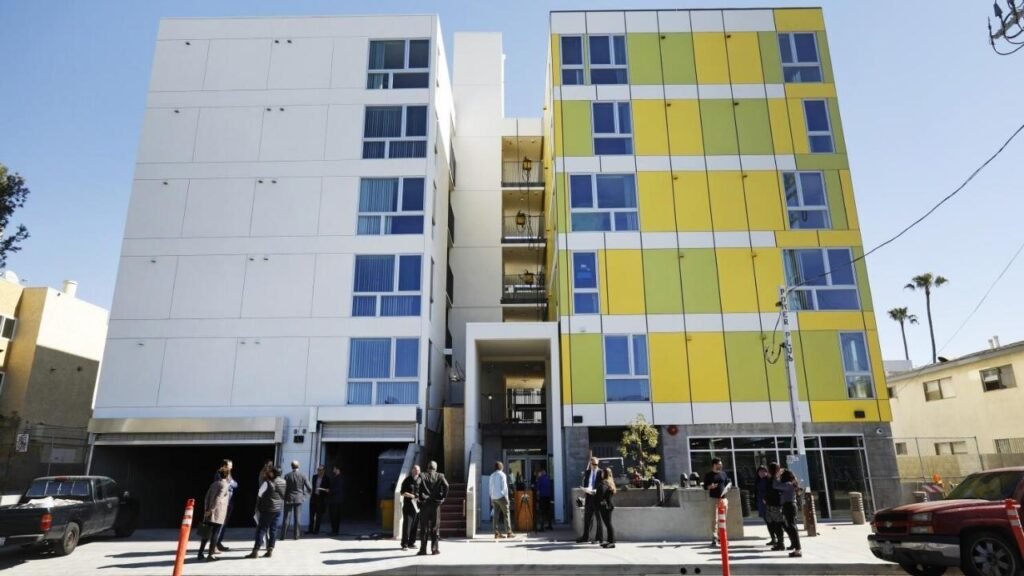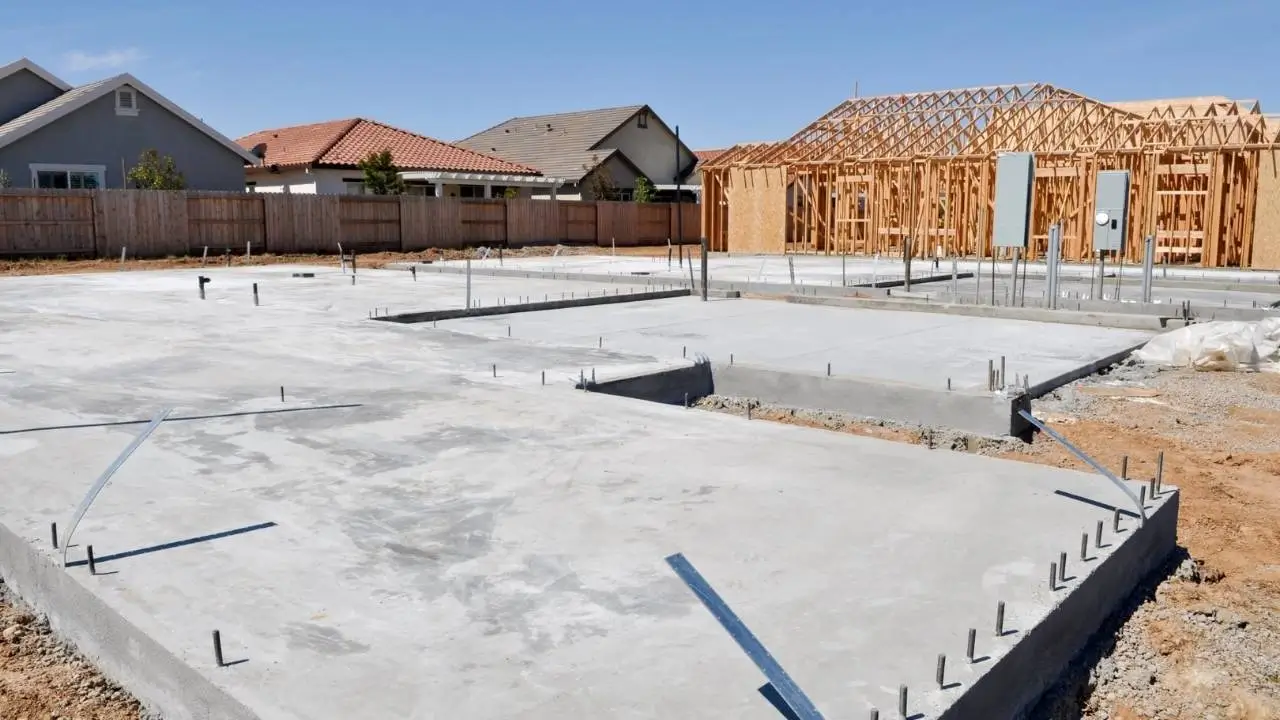Cache County, located in northern Utah, is known for its rolling hills, farmland, and tight-knit communities. With a rich history rooted in agriculture and a small-town atmosphere that draws residents and visitors alike, the region is facing a significant housing challenge. As the population of Cache County grows, the demand for affordable housing has increased dramatically. To meet this demand, high-density housing projects are being proposed as a potential solution. However, as these projects gain traction, many locals are questioning whether such developments will change the region’s rural charm and character. This article explores the impact of high-density housing on Cache County, weighing the benefits of increased affordable housing against concerns about the loss of community identity.
As Cache County moves forward with plans to address its housing crisis, high-density development will likely play a critical role in shaping the region’s future. While these projects offer an important solution to the county’s affordable housing shortage, they also raise significant concerns about the potential impact on the community’s character and quality of life.

The key to successfully navigating this challenge will be ensuring that new developments are carefully planned and designed with input from local residents. By prioritizing sustainable growth and community engagement, Cache County may be able to strike a balance between growth and preservation, allowing it to meet the needs of its growing population without sacrificing the qualities that make the area special.
As the county continues to grow, it will be crucial for residents, developers, and officials to collaborate in finding the right balance between preserving Cache County’s small-town charm and addressing the pressing need for affordable housing. The future of the county depends on it.
The Housing Shortage in Cache County
Cache County, with its population of approximately 140,000 people, has experienced steady growth in recent years. The county’s housing market, however, has struggled to keep up with this population boom. Rising housing prices have made it increasingly difficult for local residents, especially low- and middle-income families, to afford homes. According to the Cache County Planning Department, the population is expected to increase by 15% over the next decade, further exacerbating the demand for affordable housing.
Local housing prices have surged in recent years, with the median home price in Cache County rising by 30% between 2018 and 2023, making it increasingly unaffordable for many families. This housing crisis has led local government officials to explore high-density housing as one of the primary solutions. High-density projects, which involve building multiple residential units on a single plot of land, can accommodate more people in a smaller area, reducing land consumption and building costs.
While high-density housing could help meet the growing demand, it has also sparked a significant debate within the community. Proponents of these developments argue that they are necessary to address the affordability crisis, while critics worry about the potential consequences for the county’s character and quality of life.
What Is High-Density Housing?
High-density housing typically refers to apartment complexes, multi-family units, or townhouses that are built in areas with limited space. These developments are designed to house a larger number of people in a smaller area, making them an attractive option for urban areas or regions with limited land. The primary advantage of high-density housing is that it allows for more efficient use of land and resources while providing affordable living options for residents.
In Cache County, high-density housing projects are being proposed in response to the increasing housing demand. Local developers have proposed several projects, including apartment buildings, multi-unit townhomes, and mixed-use developments, which combine residential spaces with retail and commercial areas. These projects are seen as a way to meet the growing need for affordable housing, as well as to create vibrant, self-contained communities that offer convenient access to amenities like shopping, schools, and transportation.
However, the rise of these developments has raised concerns among some residents who fear that the county’s rural, small-town atmosphere could be undermined by the introduction of large apartment complexes and commercial spaces.
The Case for High-Density Housing in Cache County
Advocates for high-density housing argue that such developments are essential for meeting the county’s growing housing needs. The area’s rapid population growth and high housing costs make it clear that the current housing model – dominated by single-family homes – is no longer sustainable for many residents. Without more affordable housing options, the county risks facing an increase in homelessness and displacement of lower-income residents.
One of the primary advantages of high-density housing is its ability to increase the overall housing supply while minimizing the environmental impact. High-density developments allow for more units to be built on less land, preserving open spaces and agricultural land. This approach is seen as a more sustainable option for the county’s long-term growth.
Moreover, high-density housing can lead to increased economic activity. Developers argue that more people living in smaller, centralized areas can stimulate local businesses, attract new investment, and create a more vibrant local economy. The creation of mixed-use developments, where residents can live, work, and shop in close proximity, could reduce traffic congestion and make the county more walkable.
Increased housing density could also reduce pressure on the local real estate market. As more housing options become available, prices could stabilize, making it easier for first-time homebuyers, renters, and young professionals to find affordable housing. According to the Utah Housing Coalition, high-density housing is the most cost-effective way to increase the housing supply in areas like Cache County, where land is plentiful but expensive to develop.
Concerns About Losing Cache County’s Charm
Despite the potential benefits, high-density housing projects have sparked significant opposition from local residents who fear that the development of large apartment complexes and multi-family units will fundamentally change the county’s small-town charm. Cache County is known for its picturesque landscapes, quiet neighborhoods, and agricultural heritage. Many residents are concerned that high-density housing will lead to overcrowding, traffic congestion, and a loss of the rural character that has long been a defining feature of the community.
In particular, many locals worry that the development of large apartment buildings and townhomes will disrupt the county’s agricultural landscape. Cache County has a rich farming tradition, and many residents fear that high-density housing projects could encroach on valuable farmland, making it harder for farmers to sustain their operations.
Another concern is the potential strain on local infrastructure. High-density housing developments typically require upgrades to roads, utilities, schools, and other public services. Critics argue that the county may not have the resources to support these large-scale projects, which could lead to overcrowded schools, inadequate transportation systems, and overburdened public services.
The Role of Community Involvement
Given the concerns surrounding high-density housing, local officials are taking steps to involve the community in the decision-making process. Public forums and town hall meetings have been held to gather feedback from residents about proposed developments. This engagement is critical in ensuring that new housing projects align with the values and priorities of local communities.
Developers are also working to design projects that blend into the surrounding environment and complement the existing rural character of Cache County. For example, some proposals include low-rise apartment buildings, tree-lined streets, and green spaces that would preserve the area’s scenic beauty while providing affordable housing. Mixed-use developments, which combine residential, retail, and commercial spaces, are also being considered as a way to create vibrant neighborhoods that foster a sense of community.
Additionally, the county is exploring zoning changes and incentives to encourage sustainable development practices. Officials are working to ensure that any new high-density projects meet environmental standards and are designed in a way that minimizes their impact on local resources and the environment.
Public Sentiment and Future Prospects
Public opinion in Cache County remains divided on the issue of high-density housing. A 2024 survey by the Cache County Residents’ Association revealed that 60% of respondents were concerned about the impact of these developments on the county’s rural charm. Many residents expressed a preference for more traditional, low-density housing options, such as single-family homes, to preserve the area’s identity.
On the other hand, supporters of high-density housing argue that it is the only viable solution to the county’s growing housing crisis. They emphasize that these projects, if well-planned, can provide affordable living options without compromising the county’s character. As Cache County continues to grow, the challenge will be finding a balance between preserving the area’s charm and meeting the needs of an expanding population.
High-Density Development: Will Affordable Housing Destroy the Charm of Small Towns?
FAQs About Affordable Housing in Cache County
Q1: What is high-density housing, and why is it being proposed in Cache County?
High-density housing refers to developments that feature multiple residential units, often in multi-story buildings, built on smaller plots of land. It is being proposed in Cache County to address the increasing demand for affordable housing while making efficient use of limited space.
Q2: How will high-density housing affect Cache County’s infrastructure?
The introduction of high-density housing will require upgrades to the area’s infrastructure, including transportation, utilities, and public services such as schools and healthcare facilities. These upgrades are critical to accommodate the growing population without overwhelming existing resources.
Q3: Will high-density projects change the character of Cache County?
Many residents are concerned that high-density housing may disrupt the county’s rural charm. However, proponents argue that with careful planning and community involvement, it is possible to preserve the area’s identity while addressing housing needs.

















